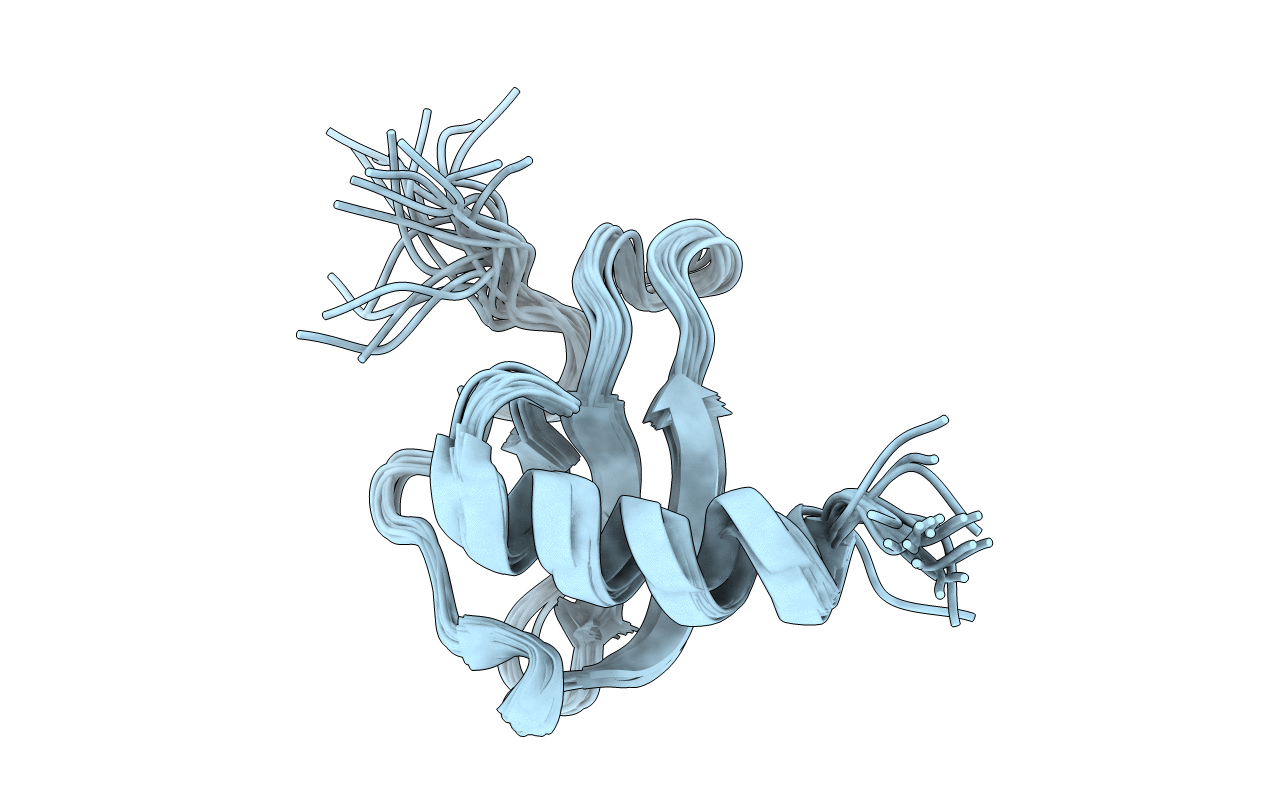
Deposition Date
2001-03-28
Release Date
2001-08-22
Last Version Date
2024-11-20
Method Details:
Experimental Method:
Conformers Calculated:
60
Conformers Submitted:
20
Selection Criteria:
LOWEST ENERGY


